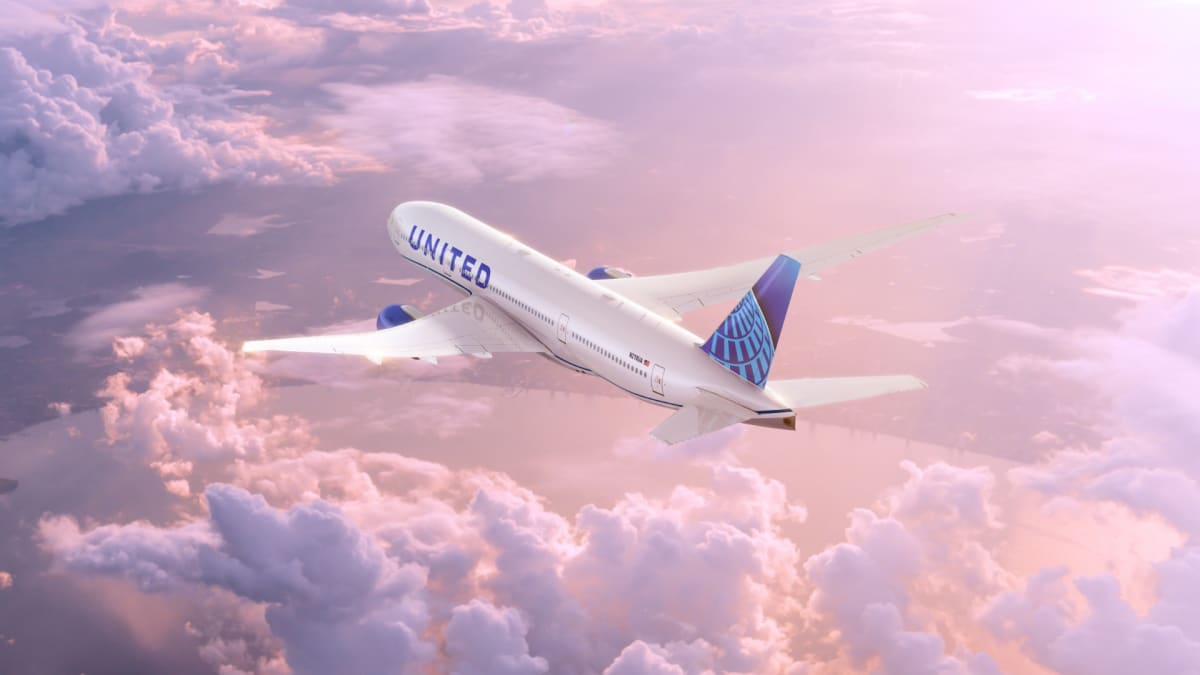
United Airlines surprised Wall Street this week when it forecasted that it expects to experience a loss in this current quarter. As a result, this week shares fell 7%.
The airline attributed the loss to a combination of lower than expected demand in January and February, which weakened its pricing power. In return, it was not able to raise prices to offset the higher costs from a potential contract deal with pilots.
DON'T MISS: Department of Transportation Might Make A Rule That Parents Will Love
United Airlines (UAL) has recently been investing heavily in order to train a new generation of pilots. It also recently gave pilots a 5% pay bump, but it might end up having to do more than that.
United Airlines Is in the Midst of Contract Negotiations
The 5% bump wasn’t so much a pay increase as it was a restoration of a previous status quo, as the airline made deep cuts during the pandemic in order to stay afloat.
The airline is currently negotiating with its pilots union, and last year an offer of a 15% pay raise over 18 months was shot down by the pilot's union with 94% opposed.
The post-pandemic surge in demand for travel had made it easier for airlines like United to offset rising costs like pay raises for pilots and rising fuel costs. But with a slow start to the year, United now has less options.
Total revenue per available seat miles is estimated to be up 22% to 23% in the first quarter from 2022, a reduction from the previously expected 25% growth.
Delta Air Lines’ pilots recently secured a contract deal that includes over $7 billion in cumulative increases in pay and benefits over four years; this move is expected to increase the negotiation power of United’s pilots.







